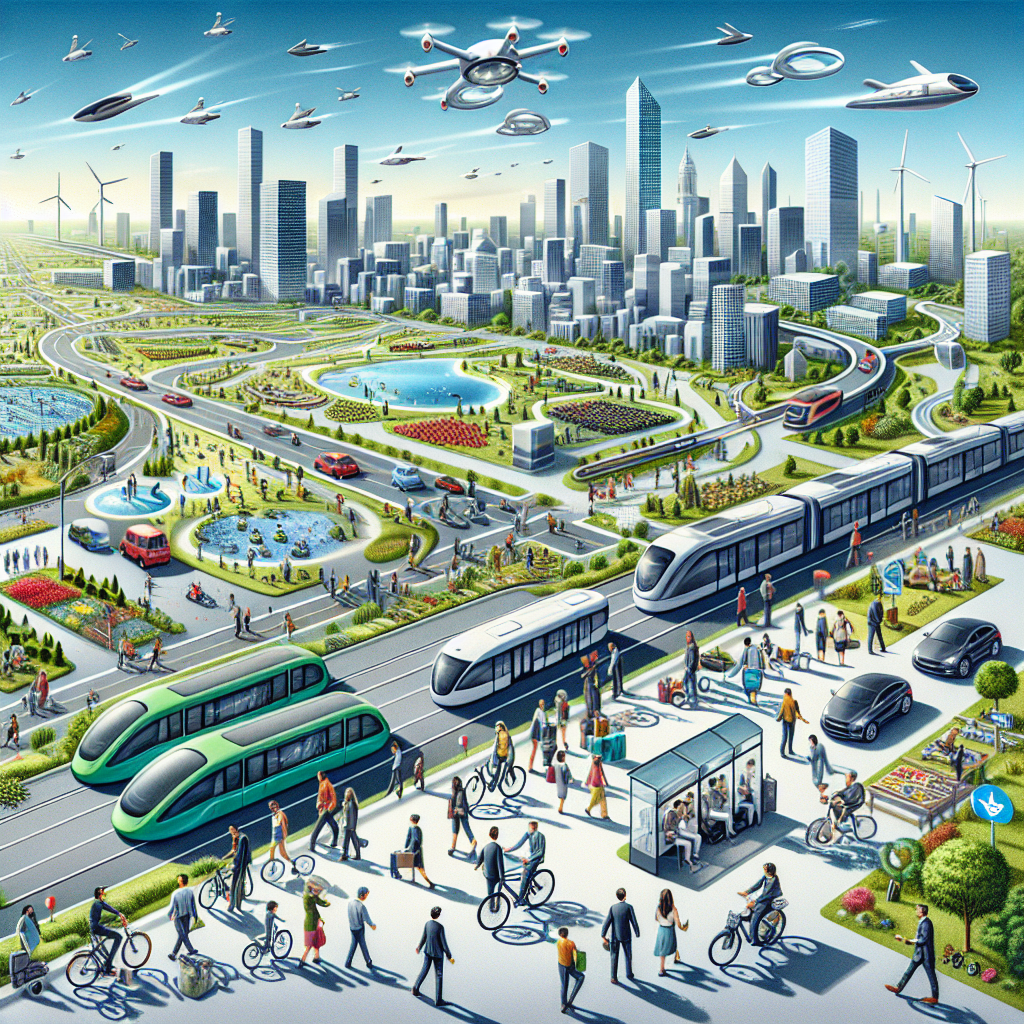As we move towards a more sustainable future, the way we travel is also evolving. Sustainable travel is becoming increasingly important as we strive to reduce our carbon footprint and protect the environment. Green vehicles and eco mobility solutions are at the forefront of this movement, offering innovative ways to get around while minimizing our impact on the planet.
One of the most exciting developments in sustainable transportation is the rise of electric vehicles (EVs). These vehicles run on electricity rather than gasoline, which means they produce zero emissions while driving. This not only reduces air pollution but also decreases our dependence on fossil fuels. With advancements in battery technology and charging infrastructure, EVs are becoming more accessible and practical for everyday use.
In addition to EVs, there are other green vehicles making waves in the industry. Hydrogen fuel cell vehicles use hydrogen gas to generate electricity, emitting only water vapor as a byproduct. These vehicles offer fast refueling times and long driving ranges, making them a promising alternative to traditional gasoline-powered cars.
Another eco-friendly option is biofuel vehicles, which use renewable sources such as ethanol or biodiesel instead of fossil fuels. These fuels can be produced from crops like corn or sugarcane, offering a more sustainable alternative to traditional gasoline. Biofuels can also be blended with conventional fuels to reduce emissions and improve fuel efficiency.
But sustainable transportation isn’t just about the vehicles themselves – it’s also about how we move around our cities and communities. Eco mobility solutions focus on creating efficient and environmentally friendly transportation systems that prioritize walking, cycling, public transit, and carpooling over individual car ownership.
Bike-sharing programs have become increasingly popular in urban areas, providing a convenient and eco-friendly way to get around town. By promoting cycling as a mode of transportation, these programs help reduce traffic congestion and air pollution while encouraging physical activity and healthier lifestyles.
Public transit systems are also key players in sustainable transportation initiatives. By investing in efficient buses, trains, and light rail systems, cities can reduce greenhouse gas emissions and provide affordable transportation options for residents. Improving access to public transit can help decrease reliance on personal vehicles and promote more sustainable travel habits.
Carpooling and ridesharing services offer another way to reduce carbon emissions and alleviate traffic congestion. By sharing rides with others going in the same direction, individuals can save money on fuel costs while reducing their environmental impact. These services also help build community connections and foster a sense of shared responsibility for sustainability.
Looking ahead, the future of sustainable transportation holds even more promise for innovation and progress. Autonomous vehicles are being developed with advanced technology that could revolutionize how we get around. By optimizing routes, reducing traffic accidents, and improving energy efficiency, self-driving cars have the potential to transform our transportation systems for the better.
As consumers become more aware of their environmental impact, demand for sustainable travel options will continue to grow. Governments, businesses, and individuals all have a role to play in shaping the future of transportation towards a greener tomorrow. By investing in green vehicles, promoting eco mobility solutions, and supporting policies that prioritize sustainability, we can create a more resilient and environmentally conscious transportation system for generations to come.

Leave a Reply